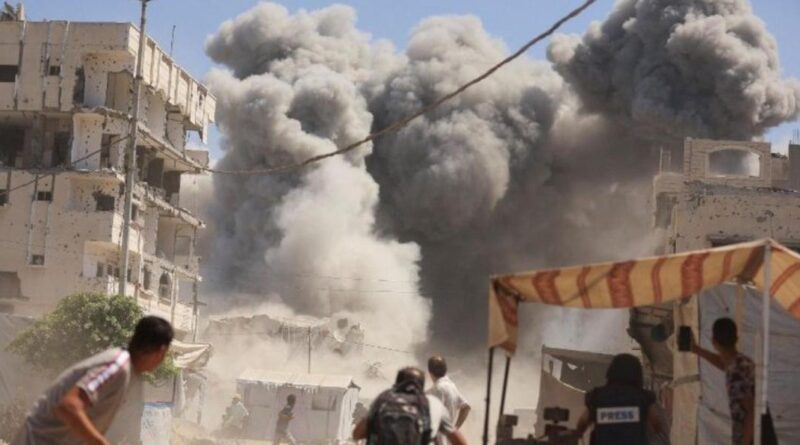Gaza’s Silent War Fighting for Clean Air After the Bombs Stop
The Israeli army said this week that it will continue to respect the ceasefire in Gaza.
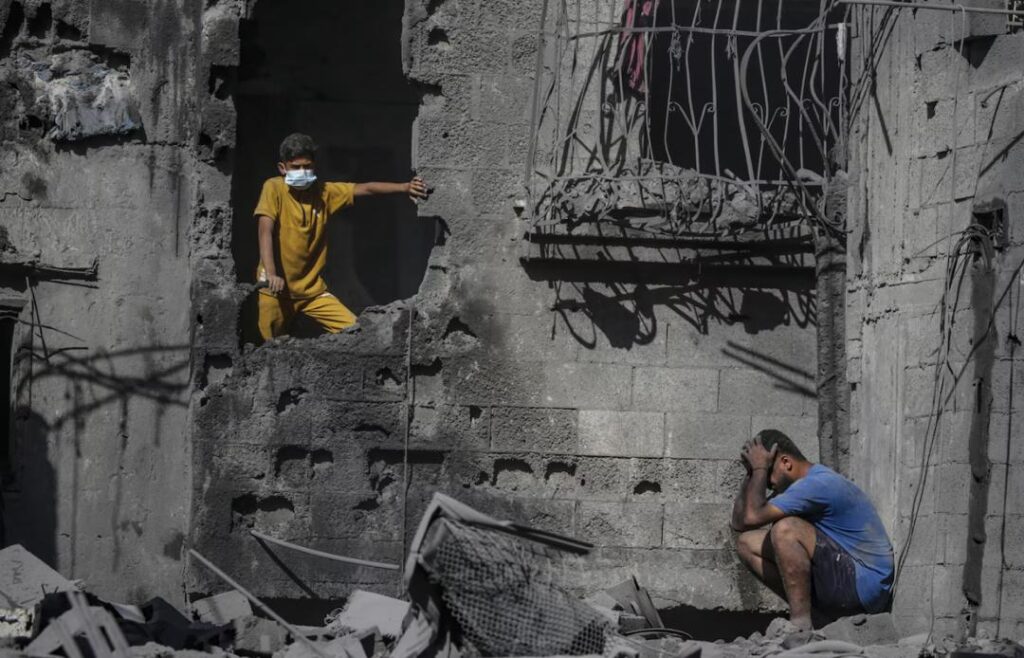
This deal, made with the help of the United States and Egypt, started in early October 2025. It includes the release of hostages, the return of displaced people, and the partial withdrawal of Israeli troops from northern Gaza.
But only a few hours before this announcement, heavy airstrikes hit Gaza again. Health officials said that more than 100 people were killed, including women and children. Many homes were destroyed, and thick smoke covered the sky.
Even if the bombing has stopped for now, the air is still dirty. The smoke and dust from the explosions make breathing difficult, turning the ceasefire into a silent fight against pollution.
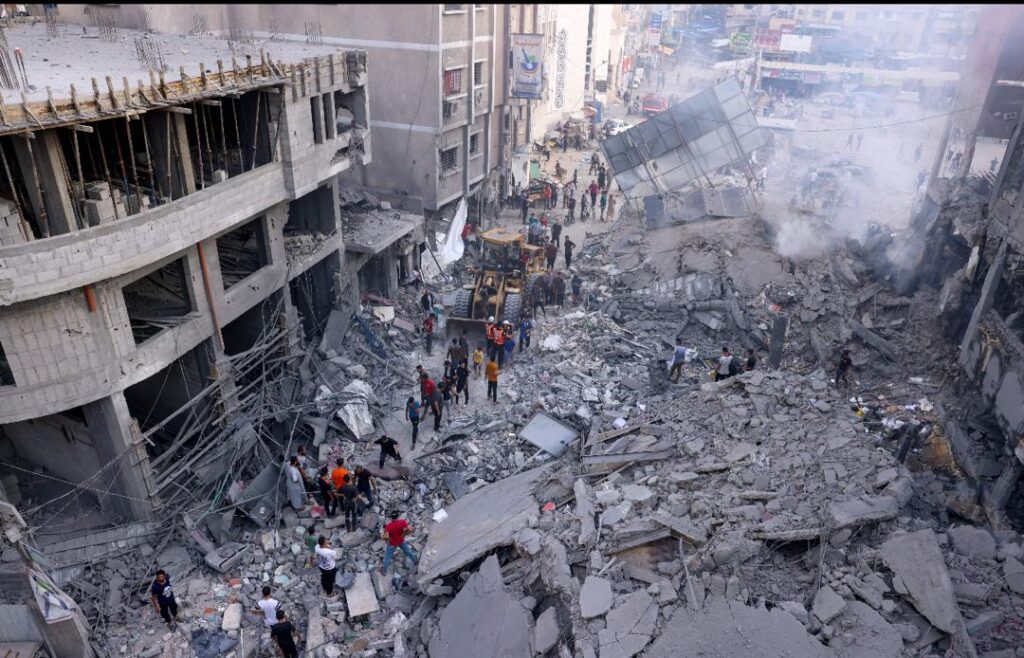
Each bomb or missile that explodes releases fire, gas, and very small dust particles that stay in the air for days.
These particles go deep into people’s lungs and cause coughing, asthma, and other breathing problems.
The United Nations Environment Programme (UNEP) said that the air in Gaza is now full of dangerous chemicals. The destruction of homes, factories, and gas stations has released harmful substances like heavy metals and asbestos.
Experts also warn that the war has released a huge amount of carbon dioxide into the atmosphere — more than what 20 small countries produce in a year. Every tank, plane, or truck adds more pollution and makes climate change worse.
Gaza is home to more than two million people living in a very small area, so pollution spreads quickly.
Children suffer the most. Many of them play near broken buildings where smoke still rises. Hospitals report more cases of lung infections, eye problems, and chest pain among children and old people.
Dr. Rania Ahmad, who works with a humanitarian group, said:
“We treat people for burns and injuries, but now we also see many who cannot breathe. The air is full of poison.”
Because gas and electricity are gone, many families use firewood or plastic to cook, which makes even more smoke.
When buildings fall, they leave millions of tons of rubble filled with cement dust and metals.
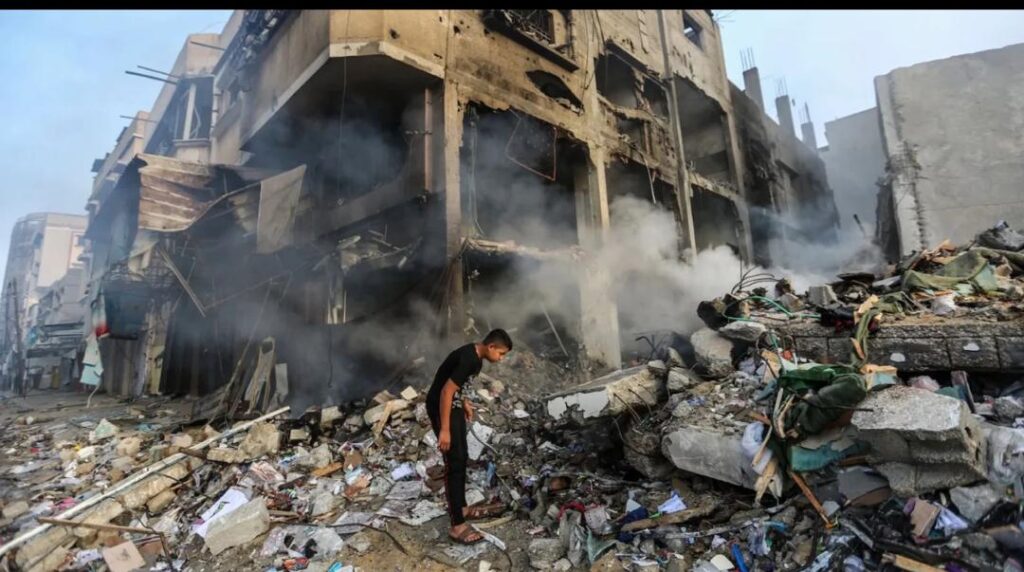
These materials release gases for months, and when it rains, the chemicals go into the soil and mix with underground water.
Cleaning the rubble needs big machines that use fuel, creating more smoke.
According to The Guardian, rebuilding Gaza could produce as much carbon as a small country does in one year.
A report from UNITAR (through UNOSAT) says that about 66% of all buildings in Gaza have been destroyed or damaged.
The World Bank and United Nations reports show that critical infrastructure including homes, roads, and public services has suffered severe damage.
The Food and Agriculture Organization (FAO) and UNOSAT also reported that 67.6% of Gaza’s farmland has been damaged or made unusable.
The ceasefire brought a short silence, but the sky over Gaza is still gray.
Satellite photos show clouds of smoke hanging over the city.
Environmental groups warn that if there is no “green recovery,” the ceasefire will only stop bullets—not pollution.
Some humanitarian organizations now give people face masks, but they say what Gaza really needs is clean air, trees, and proper waste control.
Dr. Leila Mansour, an environmental expert from Amman, said:
“You can rebuild homes, but you cannot rebuild clean air easily. The war in Gaza is not only a human tragedy; it is also a climate disaster.”
Young people in Gaza are starting campaigns called “Clean Air for Peace.” They plant trees and teach others how to protect themselves from smoke and dust.
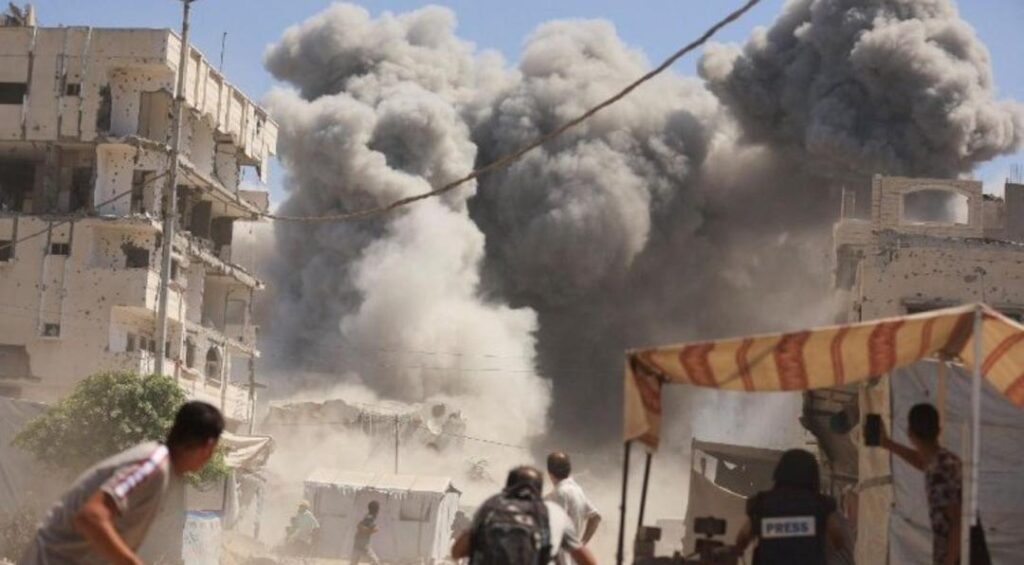
Their message is clear: Peace is not only the end of war it is also the return of fresh air.
The guns may be silent, but the air still carries the scars of war.
By: Florence Uwamaliya
![]()

